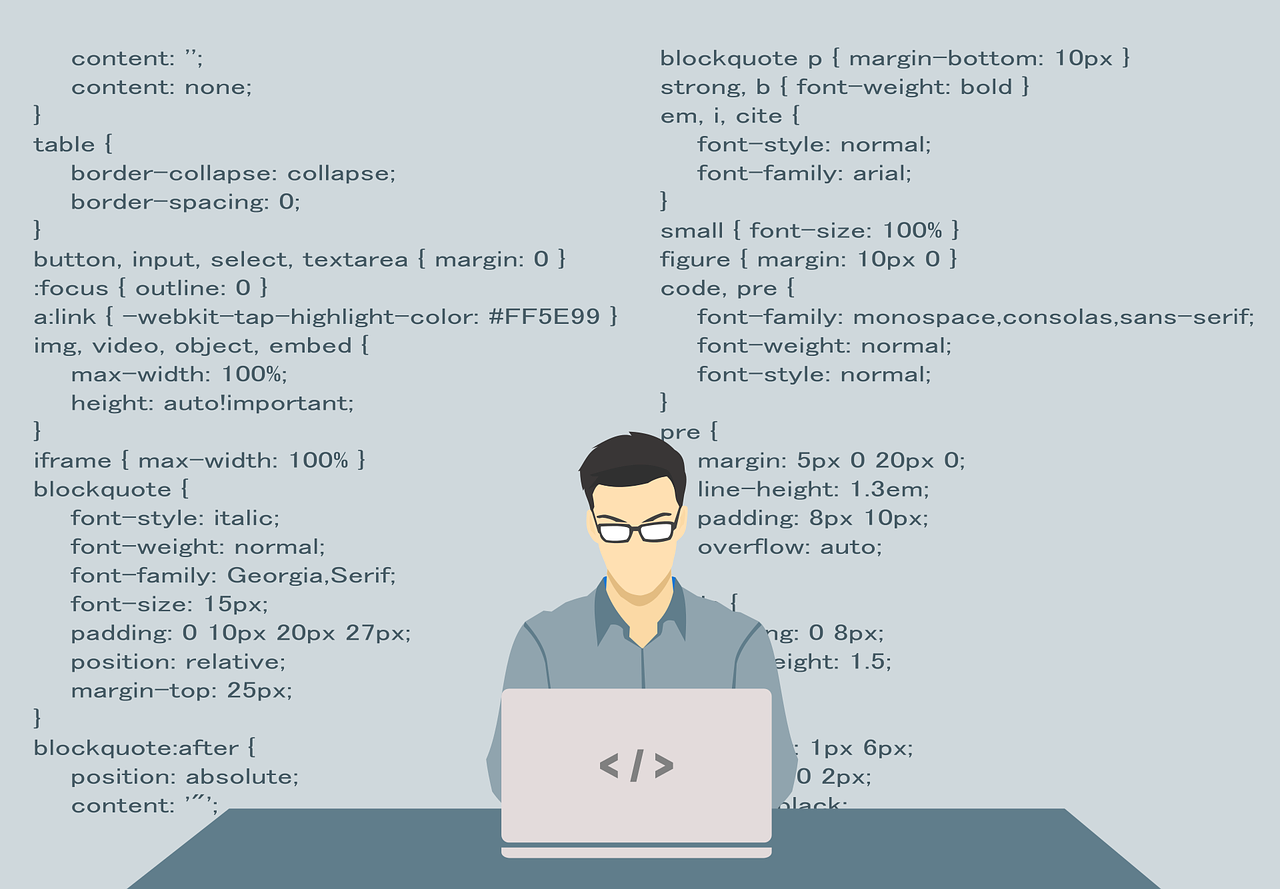The programming language - Python: A Versatile and Powerful Programming Language
Python is one of the most popular and versatile programming languages in the world today. Known for its simplicity and readability, Python has become a favorite among both beginners and experienced developers. Whether you are a novice trying to learn programming or a professional working on complex systems, Python's straightforward syntax and vast ecosystem of libraries make it an invaluable tool in a wide range of applications.

The Origins of Python
Python was created in the late 1980s by Guido van Rossum, a Dutch programmer. Van Rossum started working on Python in December 1989 as a hobby project during the Christmas holidays, aiming to create a language that was easy to read and write. Python was officially released in 1991 as version 0.9.0, and it quickly gained traction due to its clear syntax and powerful features.
One of the key influences on Python's design was the ABC language, which was developed at CWI (Centrum Wiskunde & Informatica) in the Netherlands. Van Rossum sought to address the limitations of the ABC language and created a more flexible and extensible programming environment. Over time, Python grew in popularity due to its emphasis on readability and its ability to integrate with other languages and systems.
Key Features of Python
Readable and Simple Syntax:
Python emphasizes clean, easy-to-understand code. Its syntax is minimalistic, meaning developers can focus on problem-solving rather than complex language constructs. For instance, Python uses indentation to define blocks of code, making it visually clear and reducing the need for curly braces or other delimiters commonly found in other programming languages.
Interpreted Language:
Python is an interpreted language, meaning code is executed line-by-line by the Python interpreter, rather than being compiled into machine code beforehand. This allows for faster development cycles, as there is no need to manually compile code after each change. However, interpreted languages can sometimes be slower than compiled languages, though Python's performance has been greatly improved over the years with optimized implementations like PyPy.
Dynamically Typed:
Python does not require developers to explicitly declare the data type of variables. This dynamic typing feature allows for more flexible and concise code but also places a greater responsibility on developers to test their code thoroughly, since type-related errors may only show up during runtime.
Extensive Standard Library:
Python comes with an extensive standard library that provides modules and functions for a wide range of tasks, from file handling and web development to mathematical computations and data manipulation. This rich collection of built-in libraries helps reduce the need for external dependencies, saving time and effort.
Object-Oriented and Functional:
Python supports multiple programming paradigms, including object-oriented programming (OOP), functional programming, and procedural programming. This versatility allows developers to choose the best approach for their project, making Python suitable for both small scripts and large-scale software systems.
Cross-Platform:
Python is platform-independent, meaning Python programs can run on a variety of operating systems, including Windows, macOS, and Linux. The Python interpreter is available on all major platforms, ensuring that Python code can be executed seamlessly across different environments.

Python's Use Cases
Python is widely used in various fields, thanks to its simplicity, readability, and extensive library ecosystem. Here are some of the most common use cases:
Web Development:
Python is a popular choice for building web applications. Frameworks like Django and Flask simplify the process of developing web applications by providing tools for routing, database management, and user authentication. Python’s ease of use and scalability make it ideal for both small projects and large-scale, high-traffic websites.
Data Science and Machine Learning:
One of Python’s strongest areas is data science, machine learning, and artificial intelligence (AI). Libraries like NumPy, pandas, Matplotlib, and SciPy offer powerful tools for data manipulation, analysis, and visualization. For machine learning, Python has a wealth of libraries such as TensorFlow, PyTorch, and scikit-learn, enabling developers to build and train models for everything from image recognition to natural language processing.
Automation and Scripting:
Python is often used for writing scripts to automate repetitive tasks. Its simple syntax makes it easy to write scripts that can interact with files, databases, and external services. Whether it's automating system administration tasks, web scraping, or interacting with APIs, Python’s flexibility and ease of use make it a go-to choice for automation.
Game Development:
Although not as commonly associated with game development as languages like C++ or C#, Python has seen increasing use in creating games. The PyGame library provides developers with tools to create 2D games and prototypes quickly. Additionally, Python is used in game scripting for larger game engines, including the popular Unreal Engine.
Scientific Computing:
Python has become a go-to language for scientific computing and research. Its powerful libraries like SymPy (for symbolic mathematics), BioPython (for bioinformatics), and AstroPy (for astronomy) make it an indispensable tool for researchers and scientists working in various fields.
Cybersecurity:
Python’s simplicity and flexibility make it a valuable tool for cybersecurity professionals. Python can be used for penetration testing, creating security tools, and scripting network analysis tasks. Popular tools like Metasploit and Burp Suite also include Python for scripting and automation.
Python’s Impact and Future
The impact of Python on the programming world is undeniable. The language’s design philosophy has made it a staple in education, where it is often the first language taught to computer science students. Its readability, extensive documentation, and ease of learning make it an excellent choice for beginners.
Moreover, Python’s role in the rise of data science, AI, and machine learning has catapulted it to the forefront of modern software development. With the increasing demand for data-driven insights and intelligent systems, Python is likely to remain a dominant force in these fields.
The Python community is another key factor in the language’s success. Python has a vibrant and active community of developers who contribute to its rich ecosystem of libraries, frameworks, and tools. The Python Software Foundation (PSF) and various online communities ensure that Python continues to evolve and meet the demands of modern programming.
As for the future, Python is expected to keep evolving, with improvements to performance, concurrency, and native support for modern technologies. The growing popularity of Python in new fields like quantum computing, blockchain, and edge computing will continue to expand its influence.
Conclusion
Python is a language that has earned its place as one of the most widely used and beloved programming languages in the world. Its simplicity, versatility, and extensive support make it an excellent choice for a wide range of applications. Whether you’re a beginner or an expert, Python offers a powerful environment for developing everything from small scripts to large-scale software systems. As technology continues to evolve, Python's role as a key player in the software development world is secure.